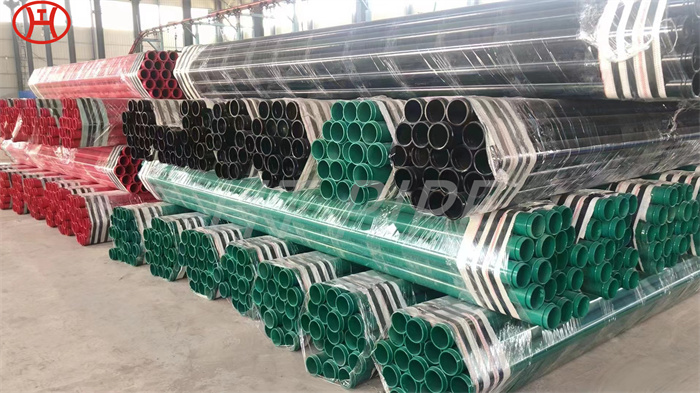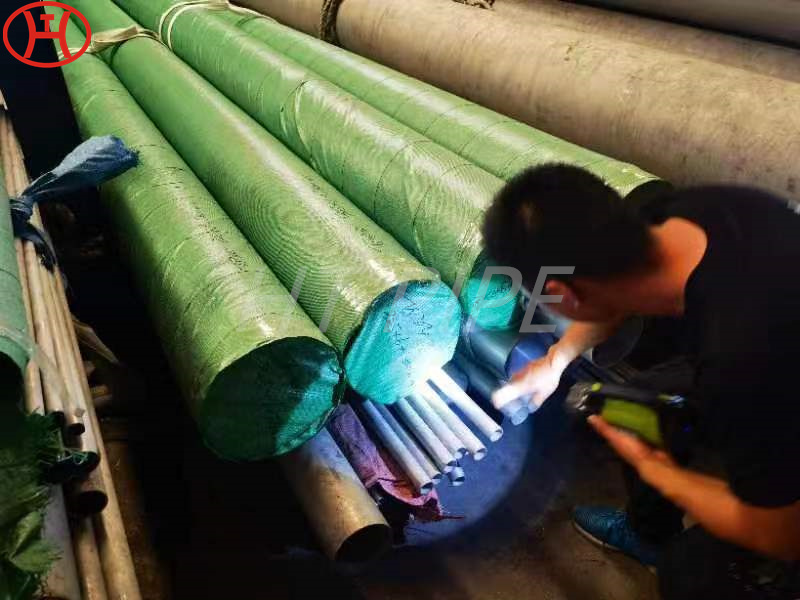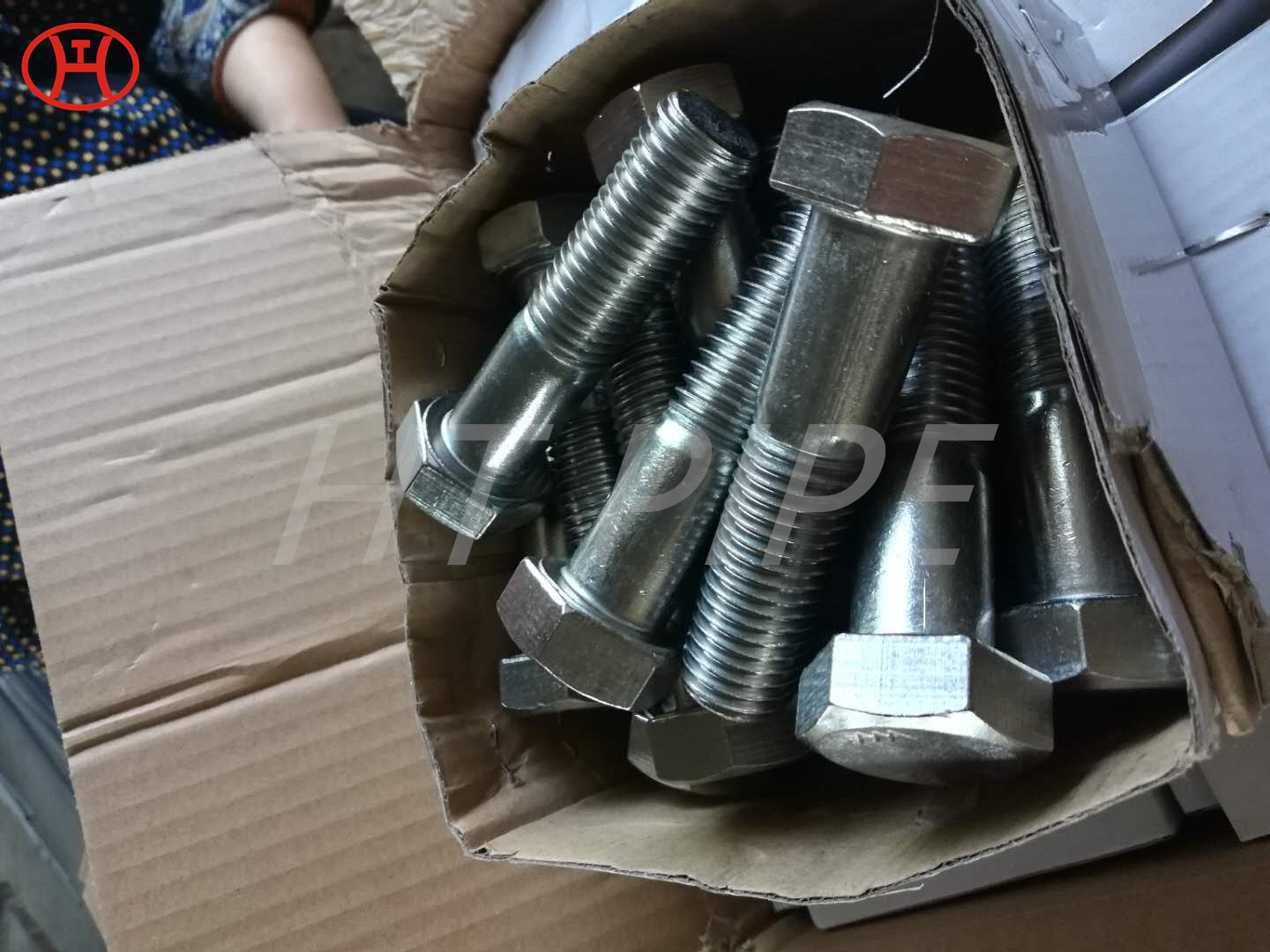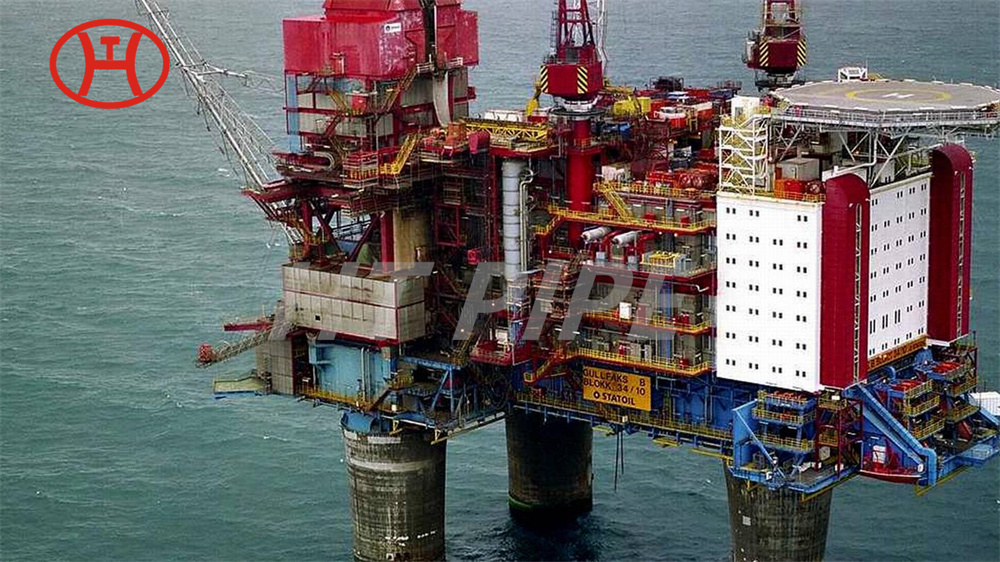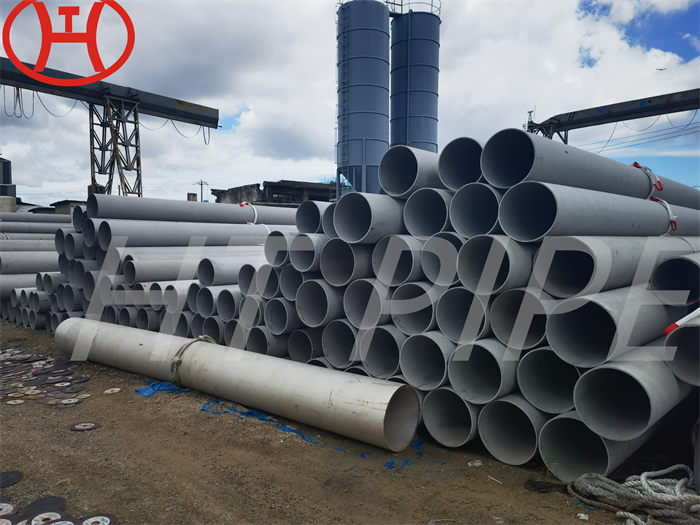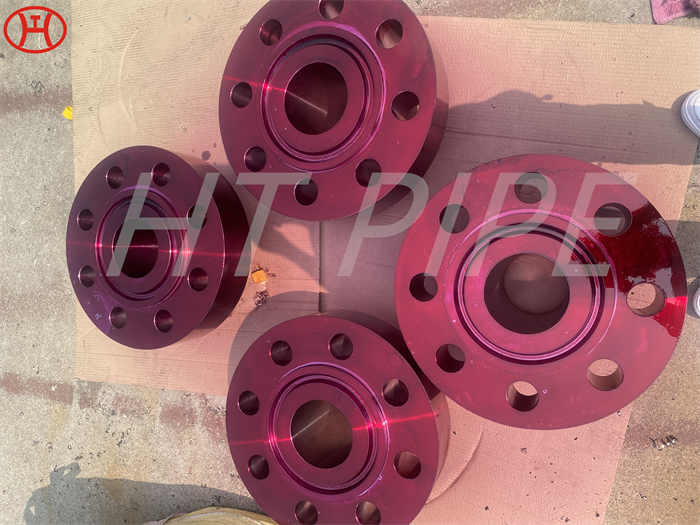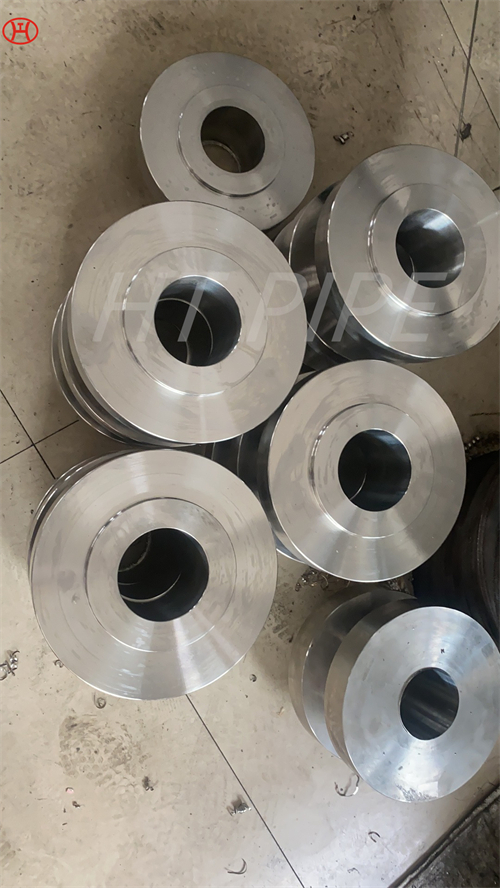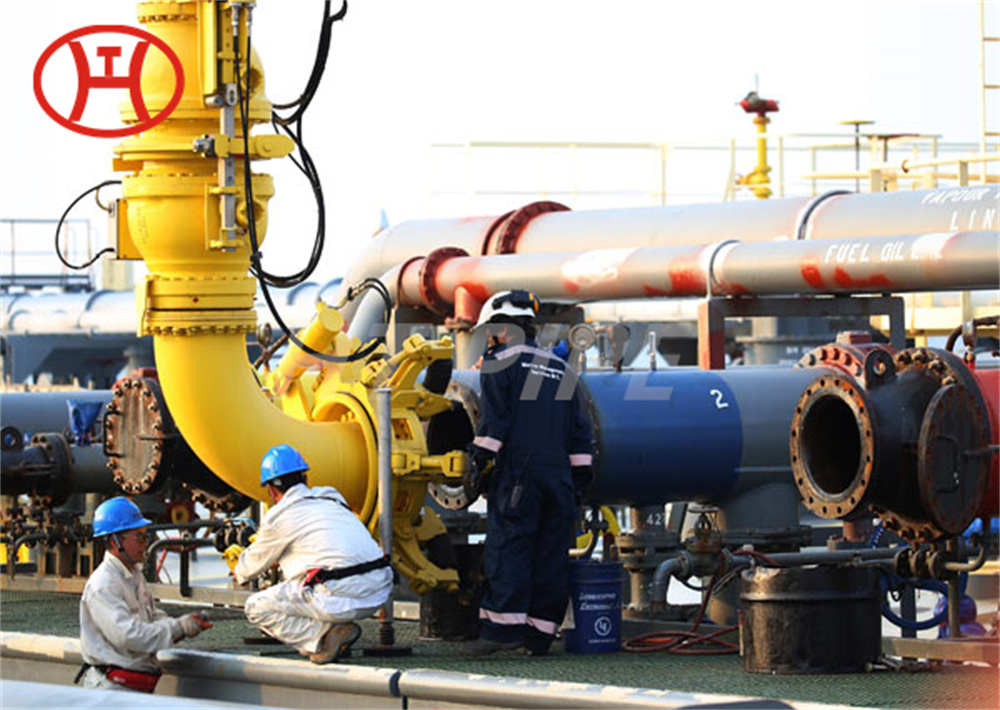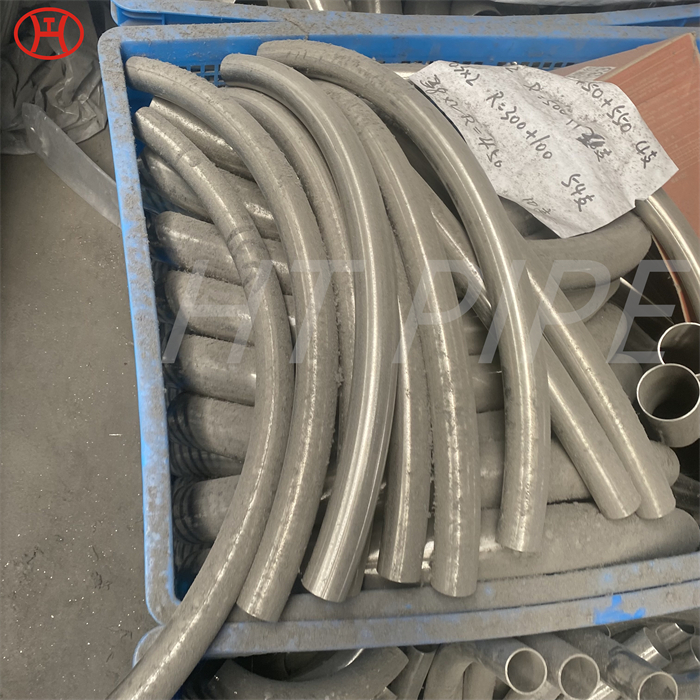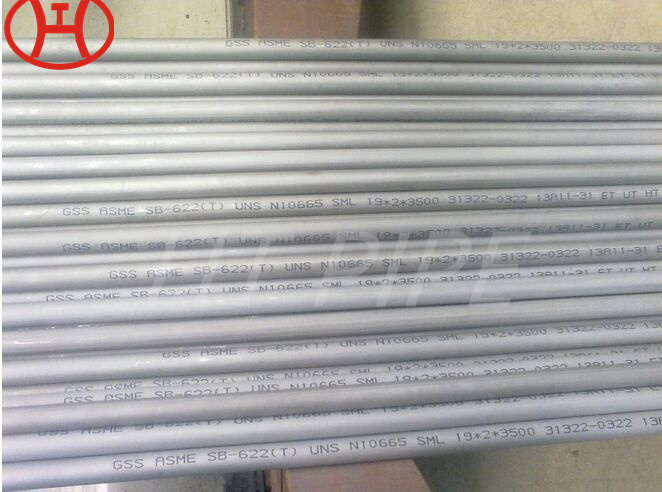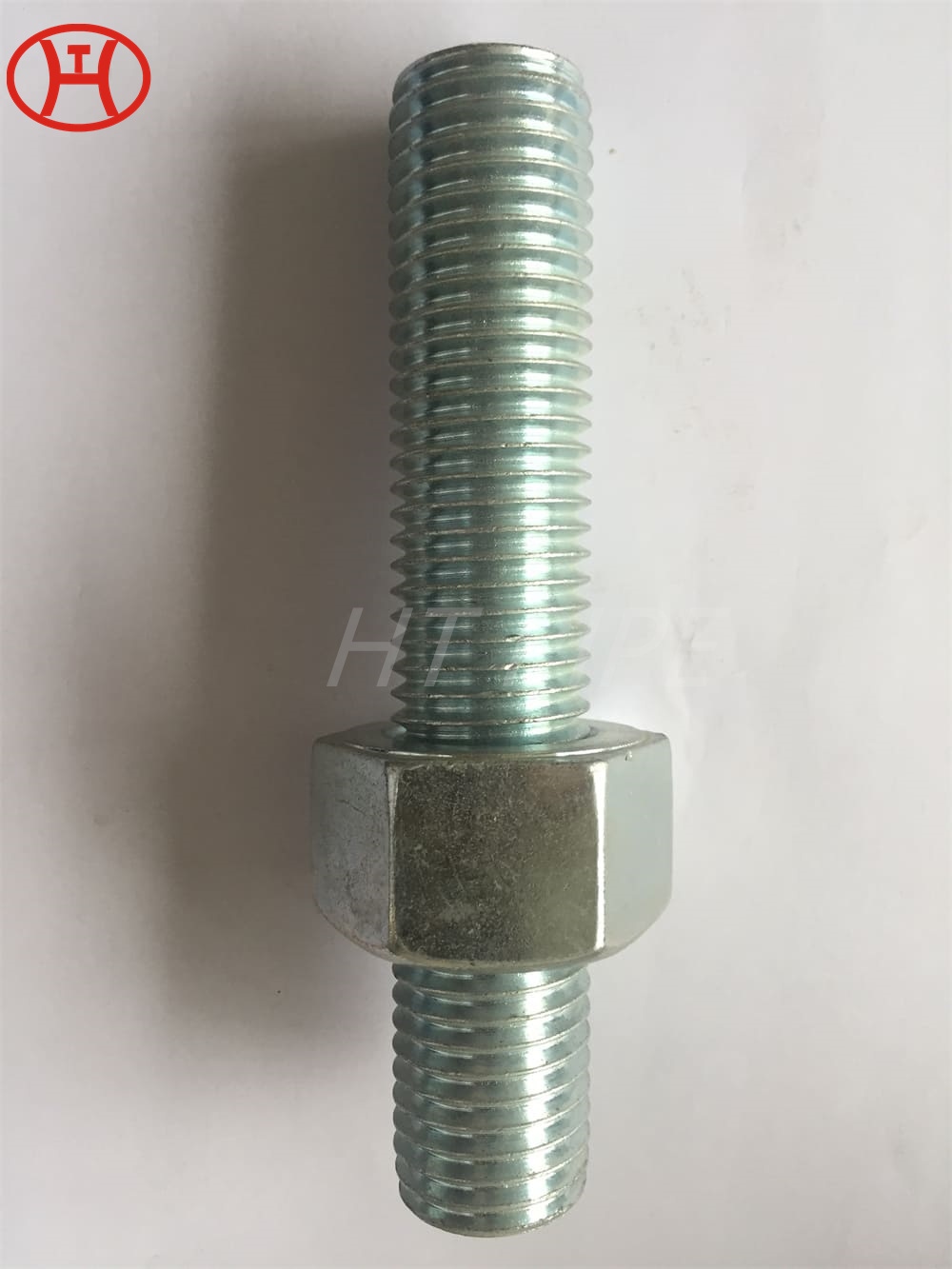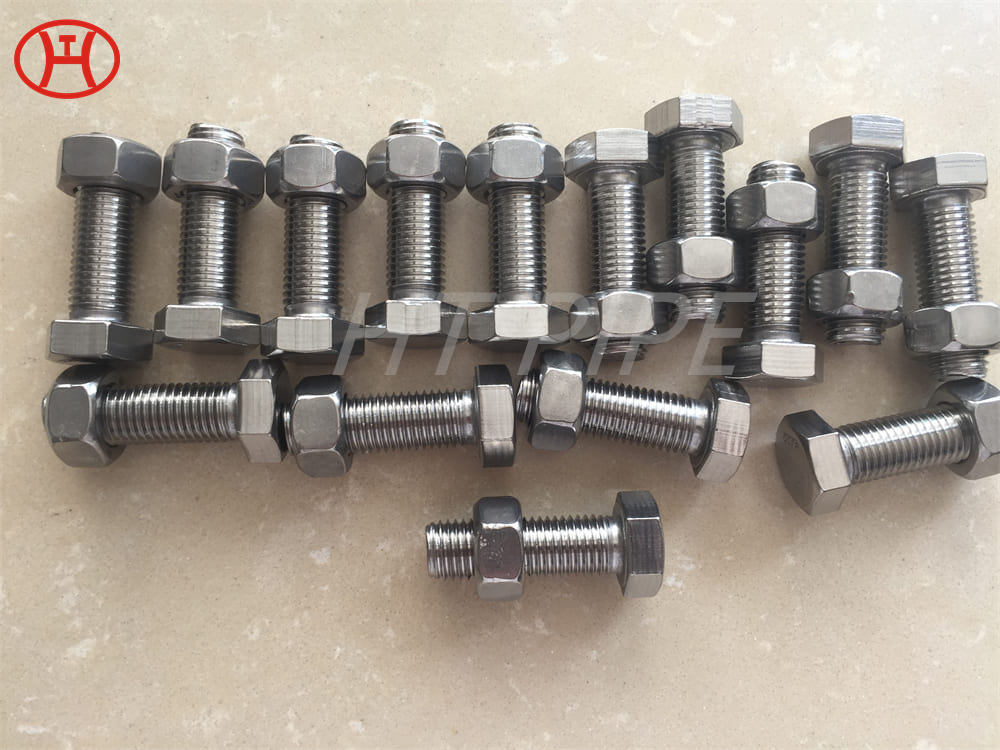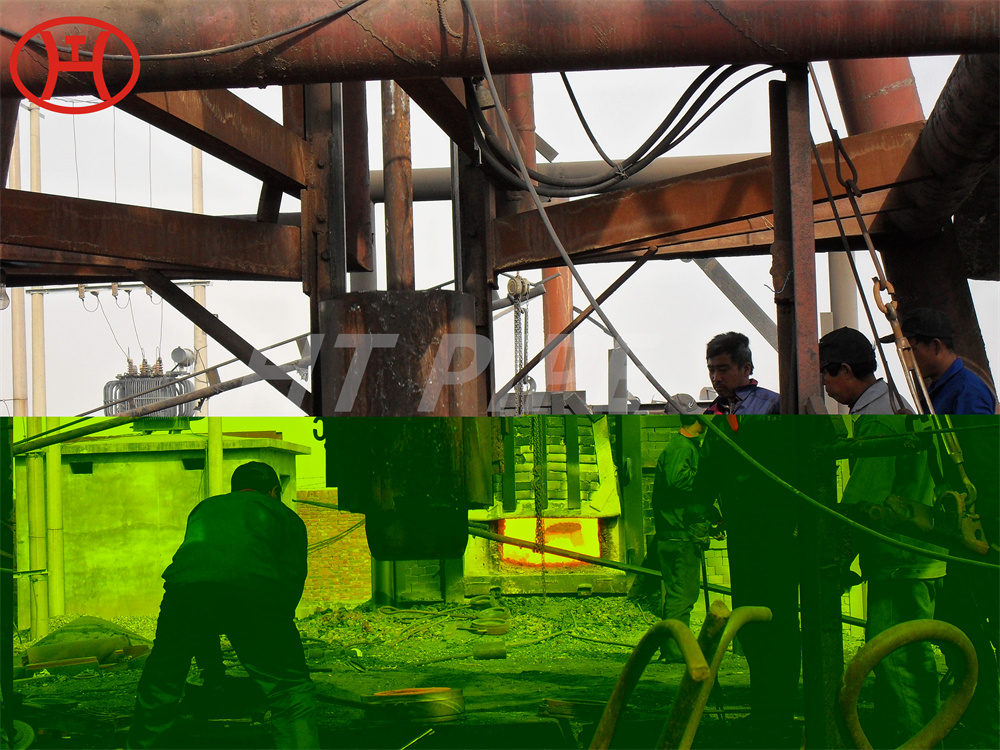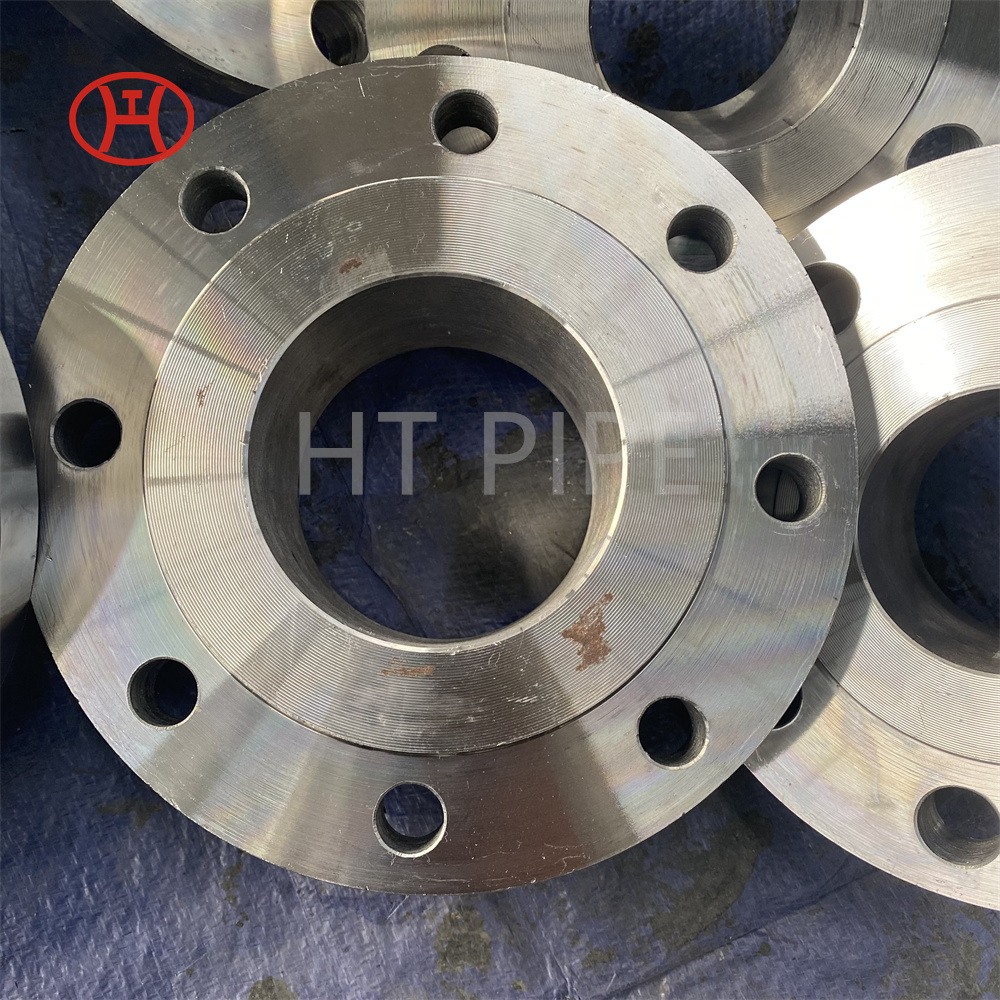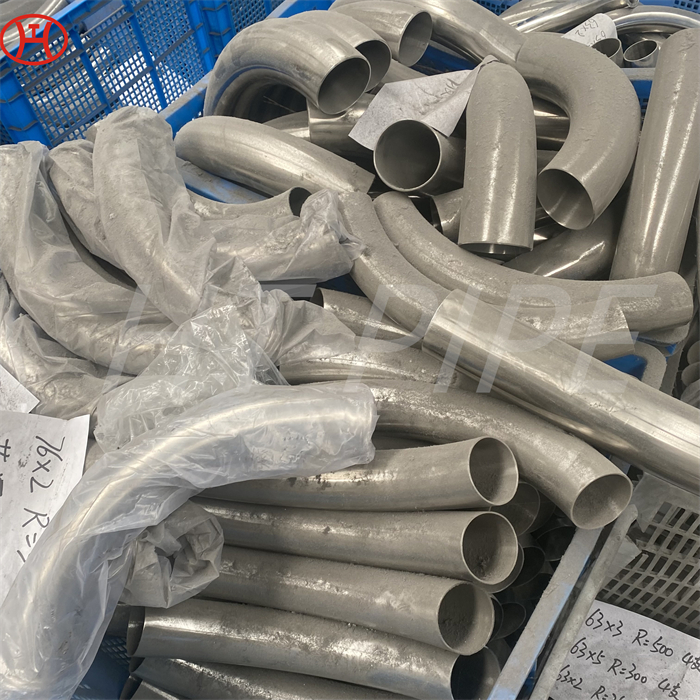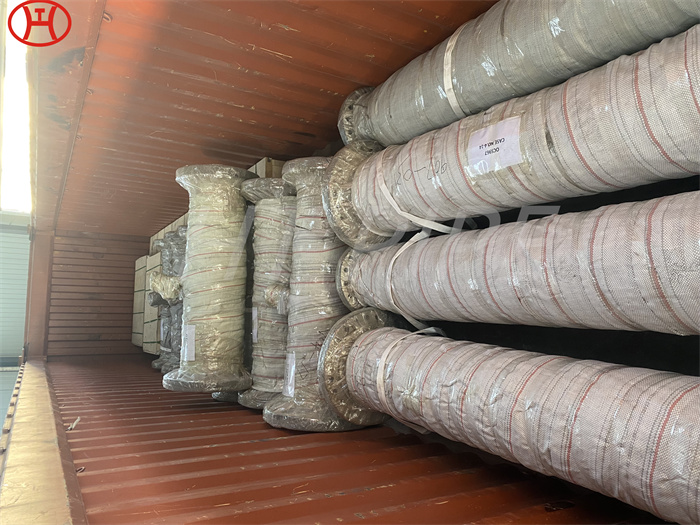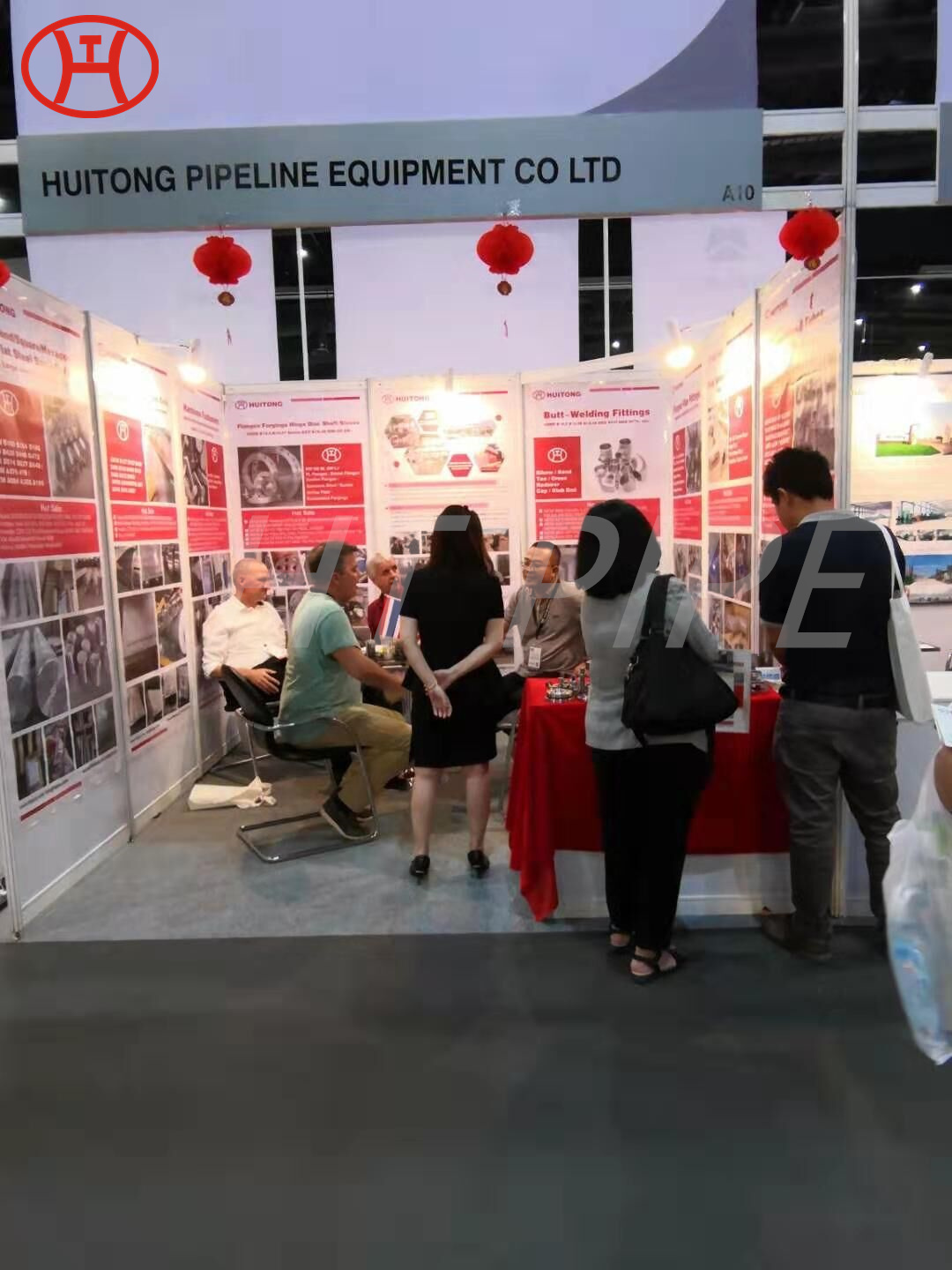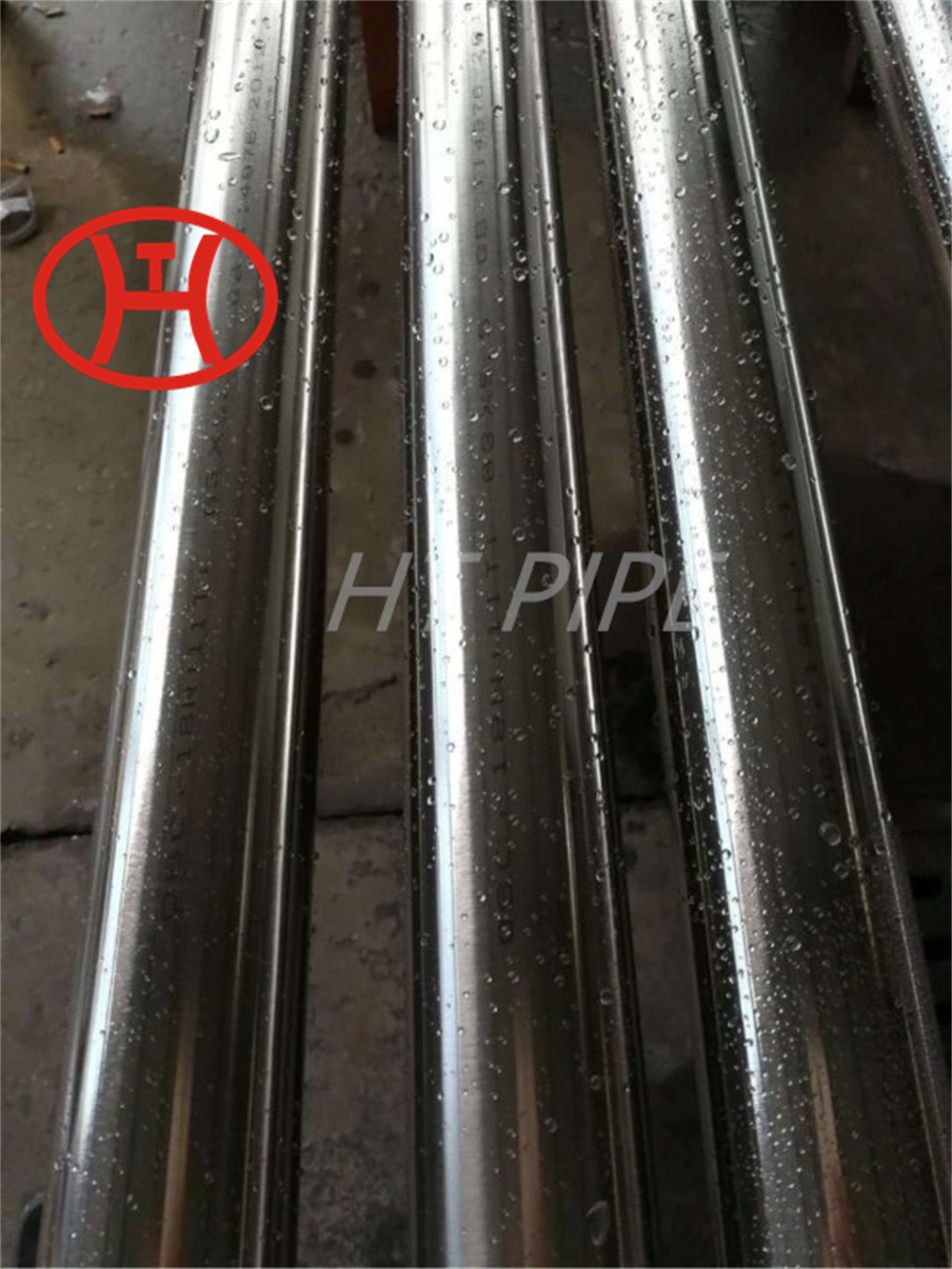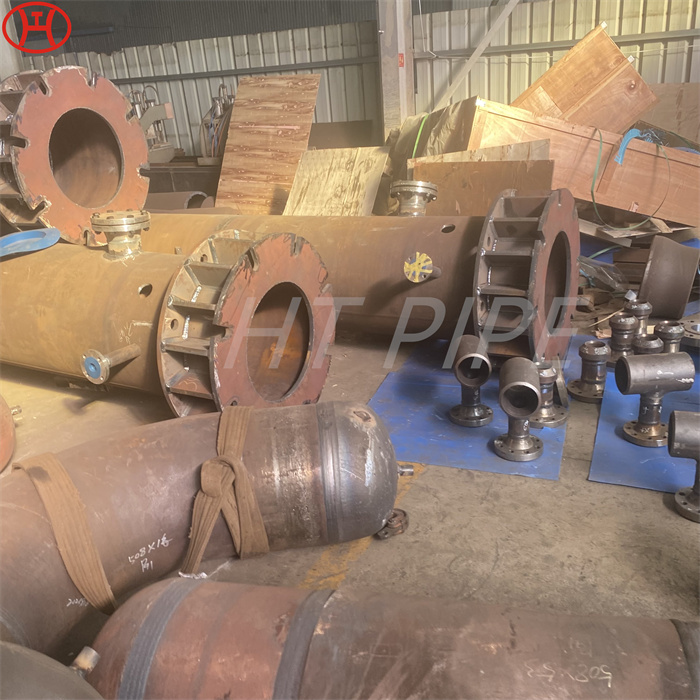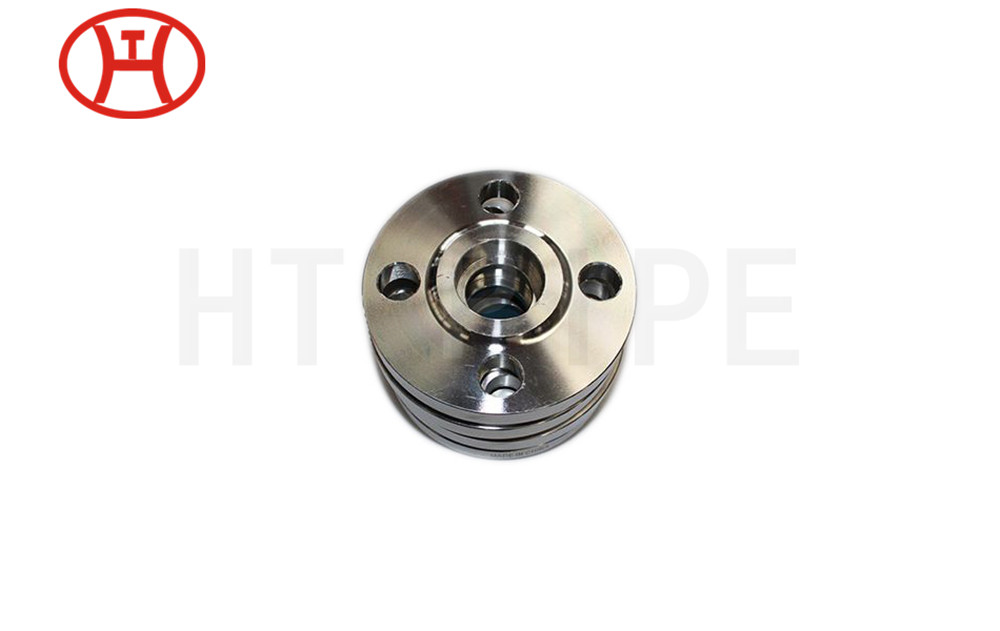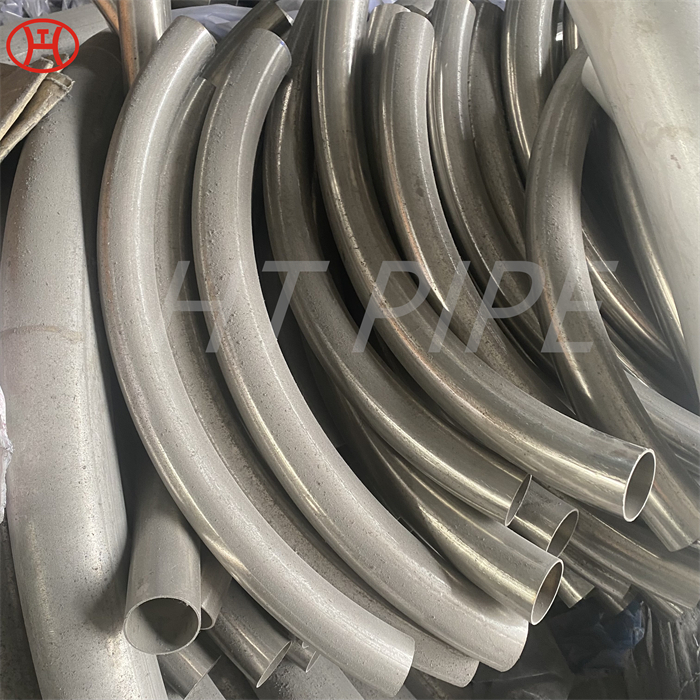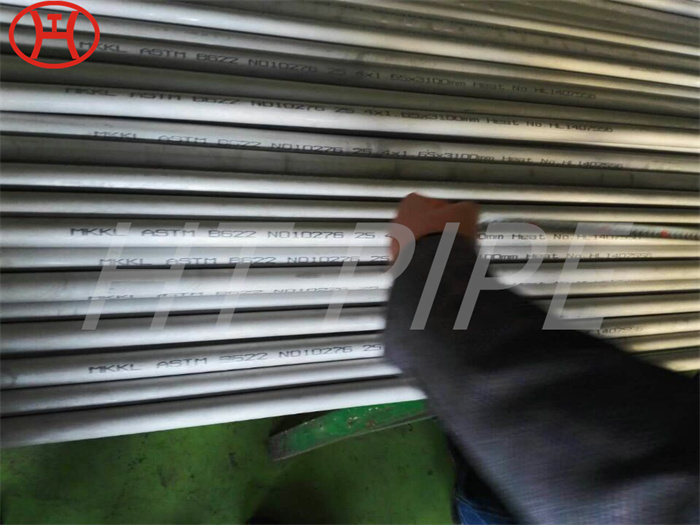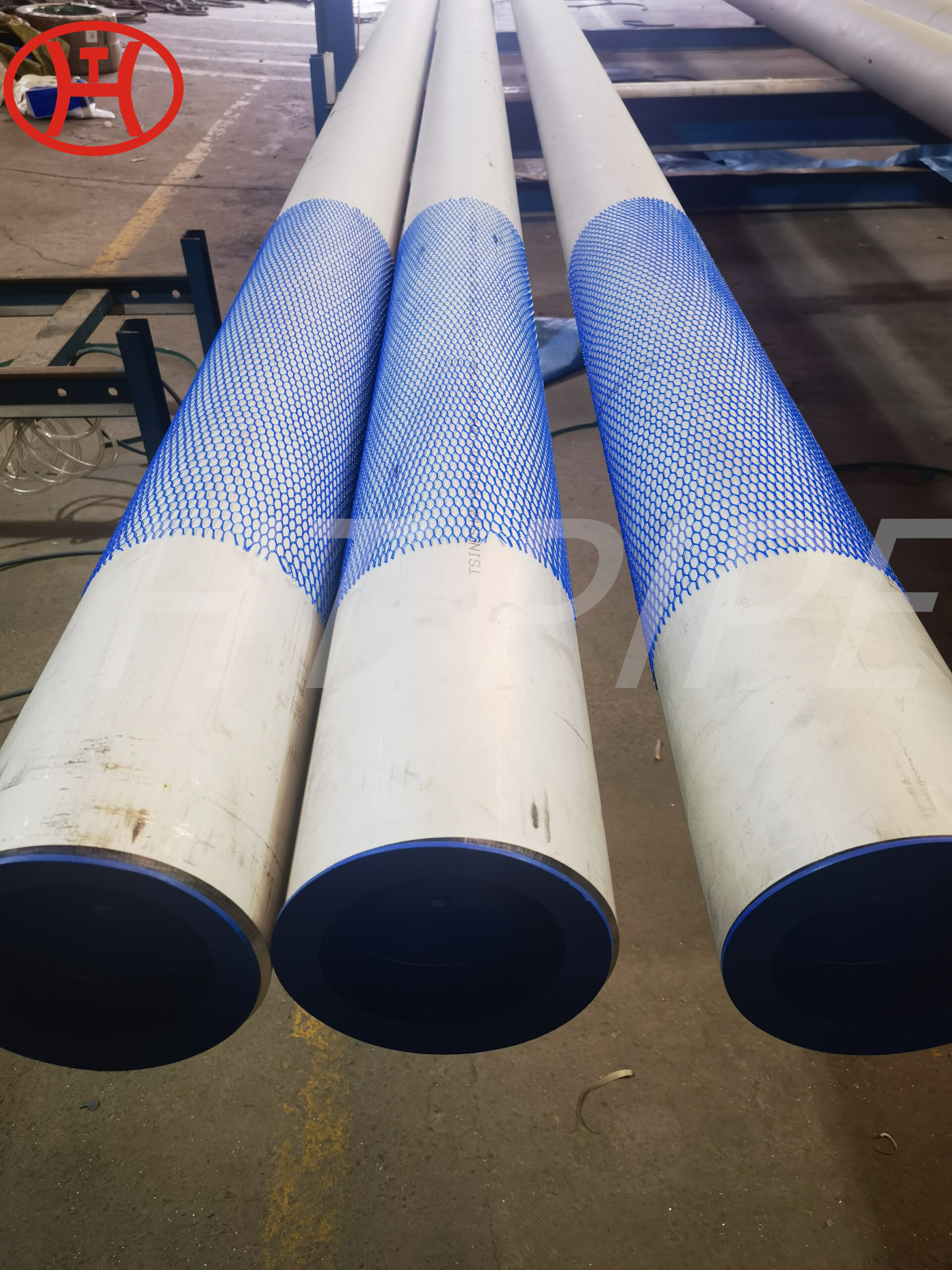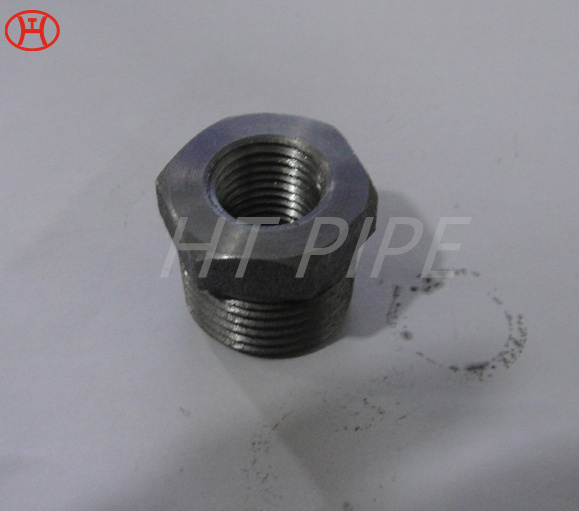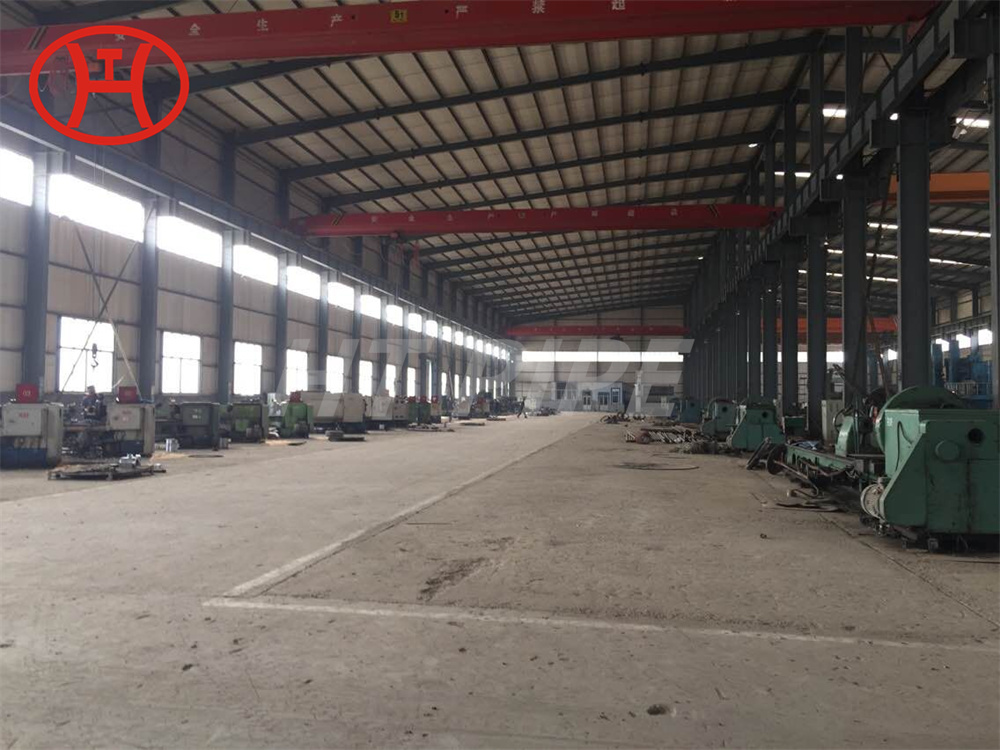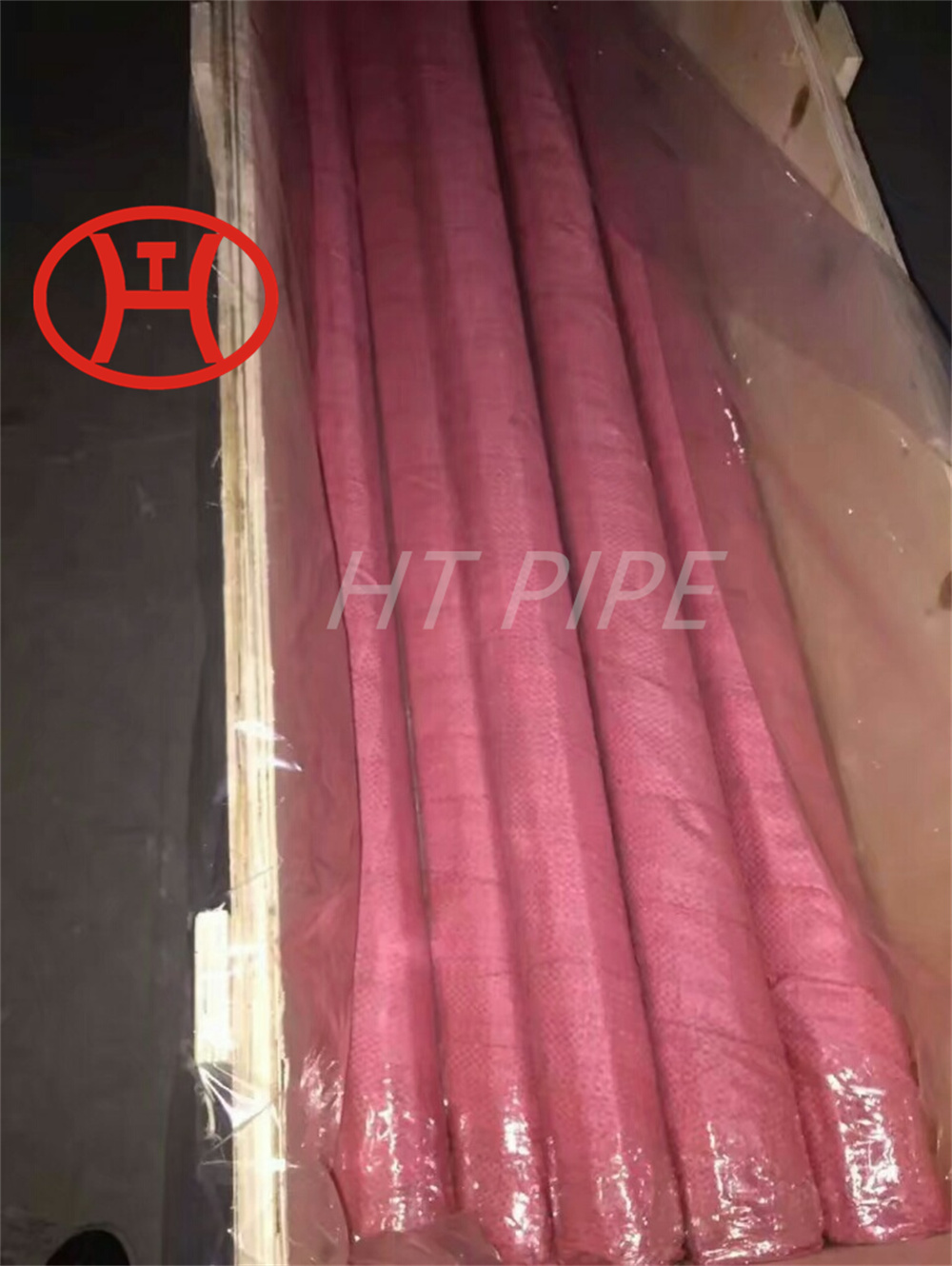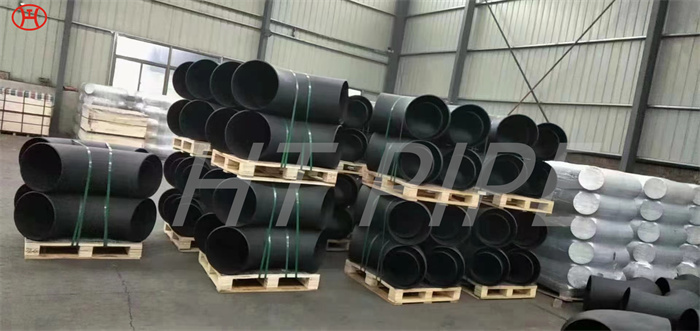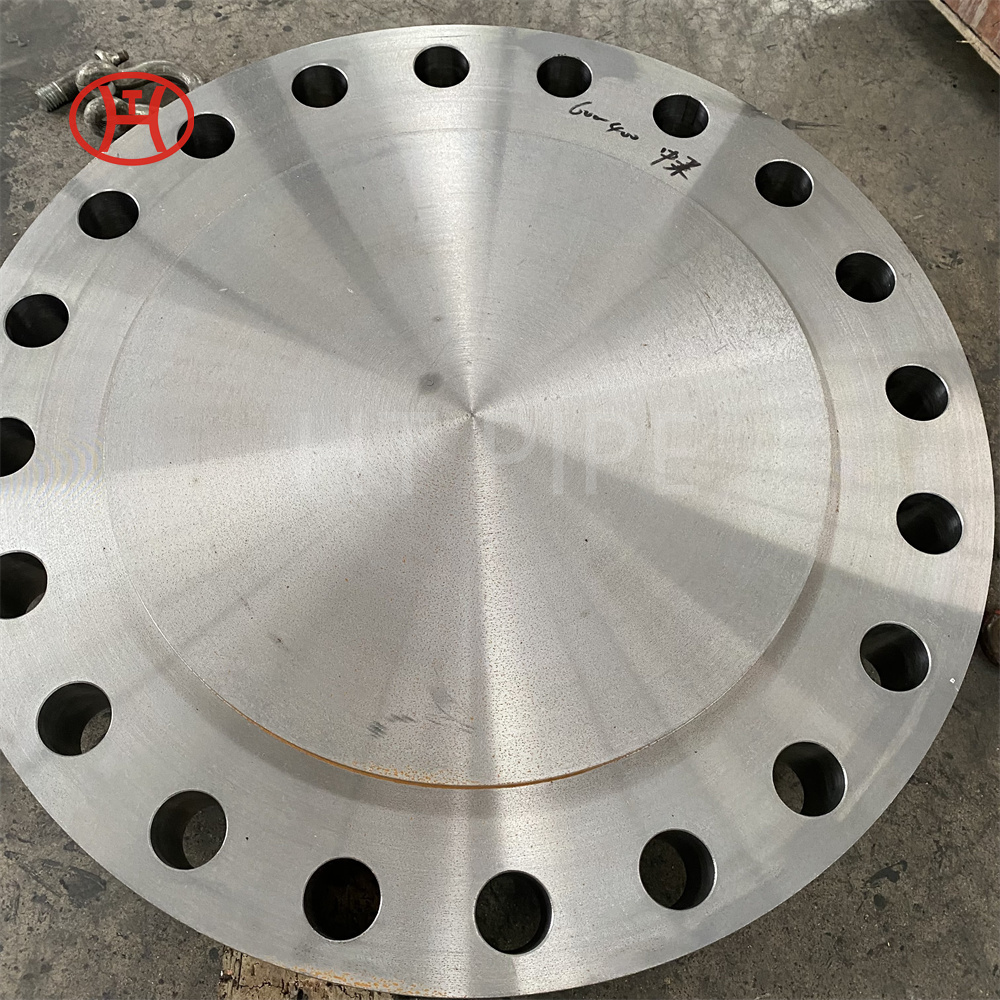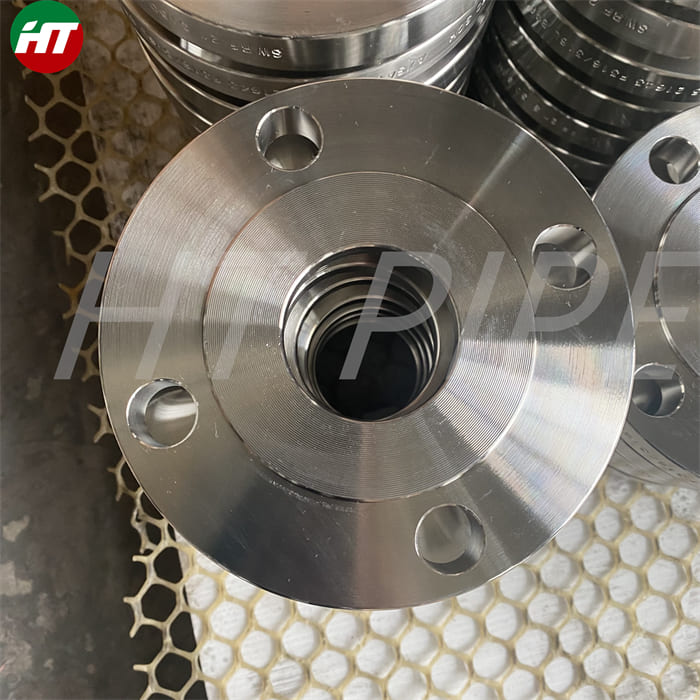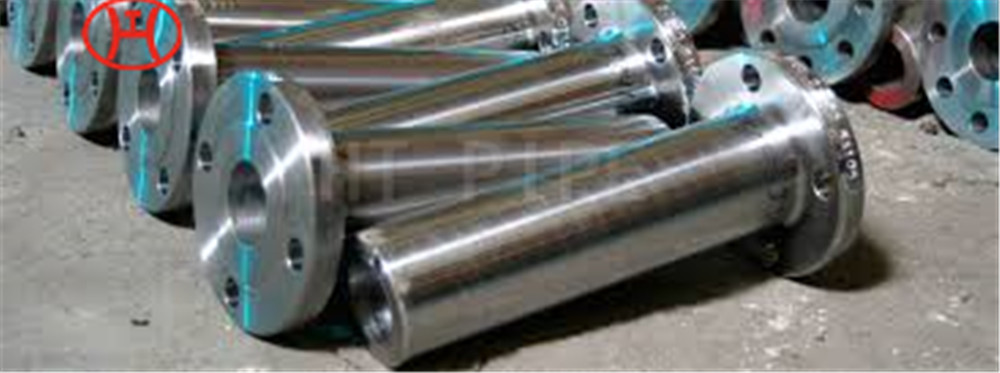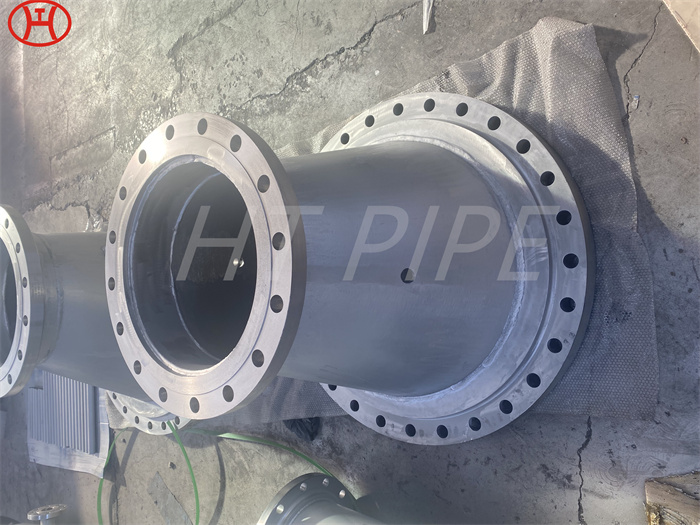tubo acero de niquel hastelloy c276 alloy WERKSTOFF NR. 2.4819
Hastelloy Cold Drawn Tubes and Tubes – Offers good machinability, higher strength and constant degrees of freedom compared to hot rolled and cold drawn tubes. These pipes work more efficiently because their microstructure is very constant and also have increased physical properties.
Nickel alloys are ideal for heat exchangers in chemical processing and the nuclear industry. They are used in steam generator piping in the nuclear power industry, high temperature aircraft systems, and oil and gas extraction projects that require corrosion-resistant, pressure- and temperature-resistant piping. Their corrosion resistance also makes them useful in desalination plants.
It is a flexible steel nickel molybdenum tungsten chromium alloy with extended stress corrosion cracking, pitting and crevice corrosion resistance. This alloy has excellent corrosion resistance in all types of atmospheres because it is a mixture of nickel-chromium-molybdenum alloy and tungsten.
ASTM B622 pipe is not recommended for use above 1250 degrees Fahrenheit. After 1250 degrees Fahrenheit, ASTM B622 Hastelloy C22 Seamless Pipe enters a detrimental stage. At this stage, ASTM B619 UNS N06022 welded pipe tends to lose its corrosion resistance properties.

